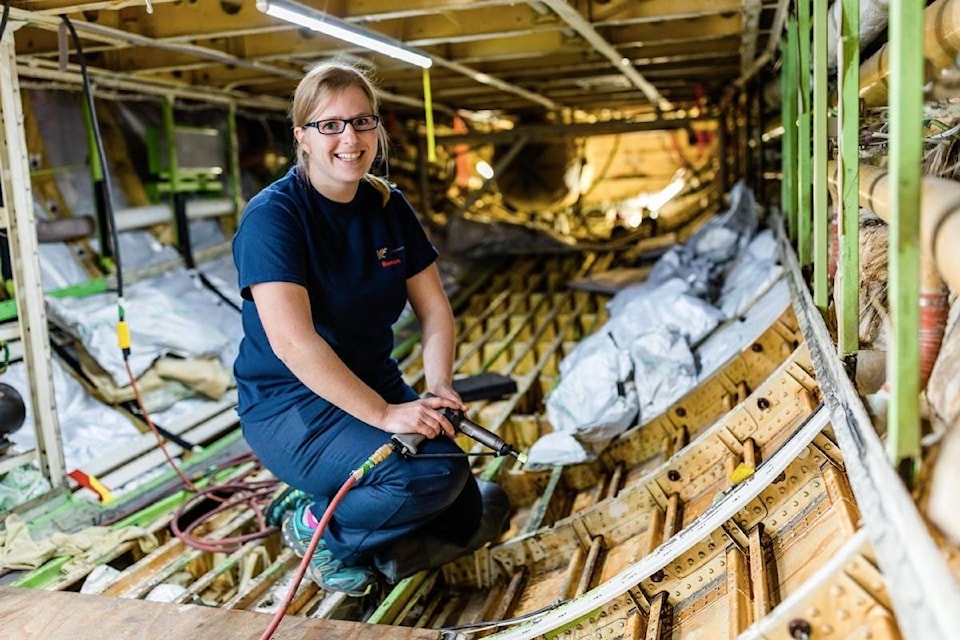B.C. college presidents met in Kelowna this week to mark the release of a new strategy meant to help address the workforce shortages anticipated to hit when baby boomers retire.
The strategy, titled Transforming for Tomorrow, is also meant to help colleges prepare for the accelerated pace of change across industries as technology advances.
Okanagan College president Jim Hamilton told Black Press Media that the strategy does not include requests for specific amounts of funding, but is rather an offer to the provincial and federal governments to co-lead action on the skills gap issue.
READ MORE: Skilled worker shortage hangs over B.C. industrial growth
“This is an invitation to government to continue to work with us,” Hamilton said of the strategy.
“We’ve been well-supported by our provincial government and our federal government, but there’s a lot more to be done.”
According to the association’s report, approximately 900,000 job openings are expected to become available in the next 10 years due to a combination of retirement and economic growth.
However, Hamilton said, the current post-secondary system can only supply about 70 to 75 per cent of the people required to fill those jobs.
READ MORE: Okanagan College student population climbs
“So we have this gap,” he said. “How does that gap get filled?”
The association believes that, in part, flexibility in program delivery is the answer to that question.
Hamilton said he expects older domestic students will increasingly return to colleges to upgrade their skills in the future.
Since older students often have family responsibilities and need to work, he said the colleges will need to move away from requiring students to spend full days inside brick-and-mortar schools.
Instead, they will need to move toward more mobile classrooms and online learning.
“I predict that we will see a lot more programs with shorter duration…more customization, shorter modules and you will see an increased amount of use of technology,” he said.
READ MORE: Okanagan College has new entrepreneur-in-residence
Camosun College president Sherri Bell, who will take over from John Bowman as chair of BC Colleges in the coming year, added that college leaders don’t expect things to go the way of distance education completely.
“People want to have face to face still,” Bell said.
One example of a mobile classroom already in place, Hamilton said, is at KF Aerospace, where Okanagan College is training workers right at their work site.
READ MORE: KF Aerospace expands capacity, will add new jobs
Coast Mountain College, he added, has already acquired a 53-foot trailer or “a shop on wheels.”
“They’ll take that to a community, to a reserve, wherever it is that there is a need for a particular type of training that they can accommodate in that trailer,” he said.
Hamilton added that Indigenous people are the only part of the domestic population that have an increasing youth group.
“We’ve gone from 400 to over 1,700 Indigenous learners in the space of a decade,” he said of Okanagan College.
“Although their rates of access to post-secondary completion have been increasing steadily over the past years, they still are underrepresented in post-secondary.
“We will be seeing more and more of those learners.”
International students, he said, will also continue to help fill the skills gap in the future.
To read the full report, visit the BC Colleges website.
READ MORE: Okanagan College to offer emerging technology program
karissa.gall@blackpress.ca
Like us on Facebook and follow us on Twitter
